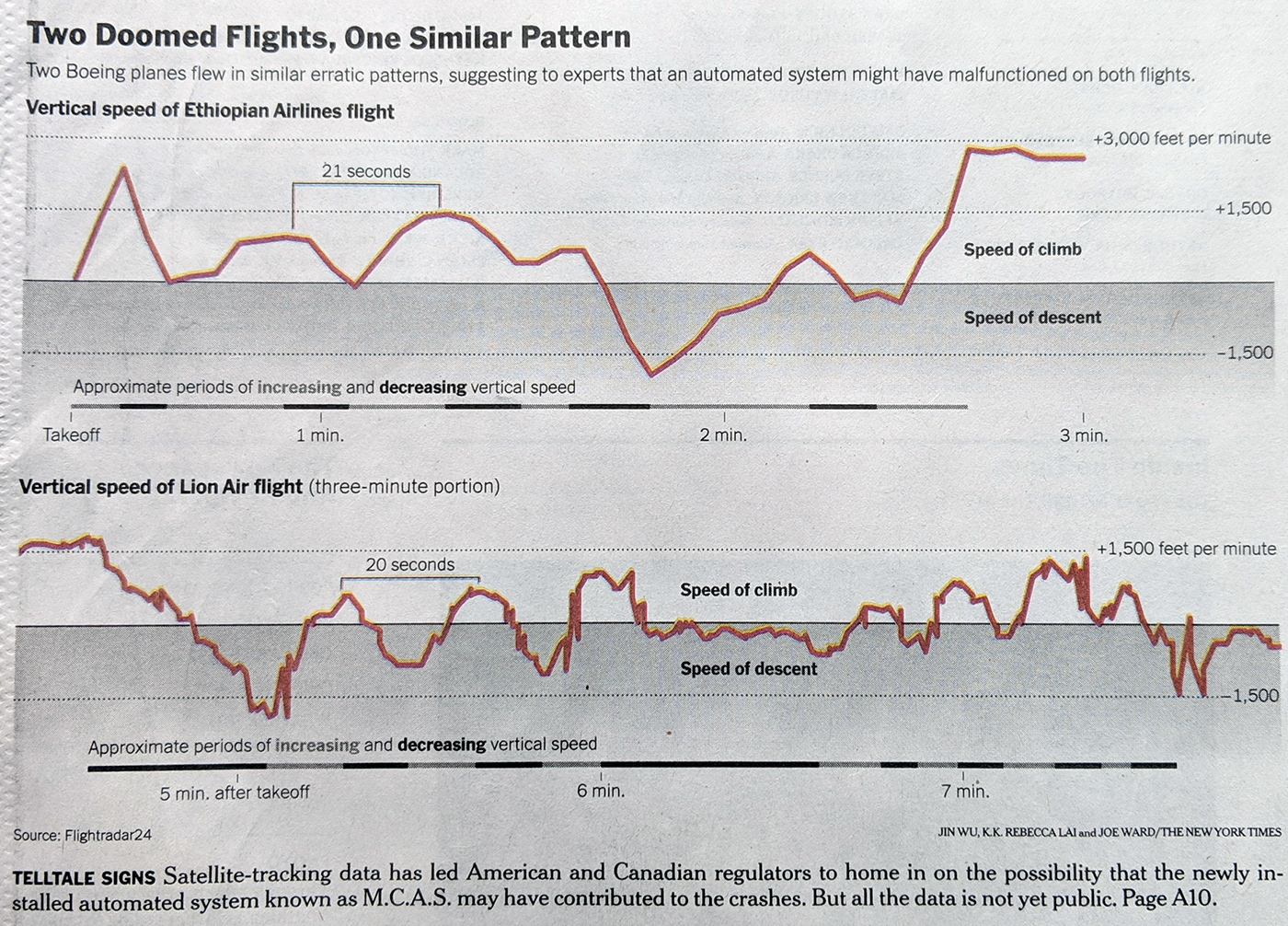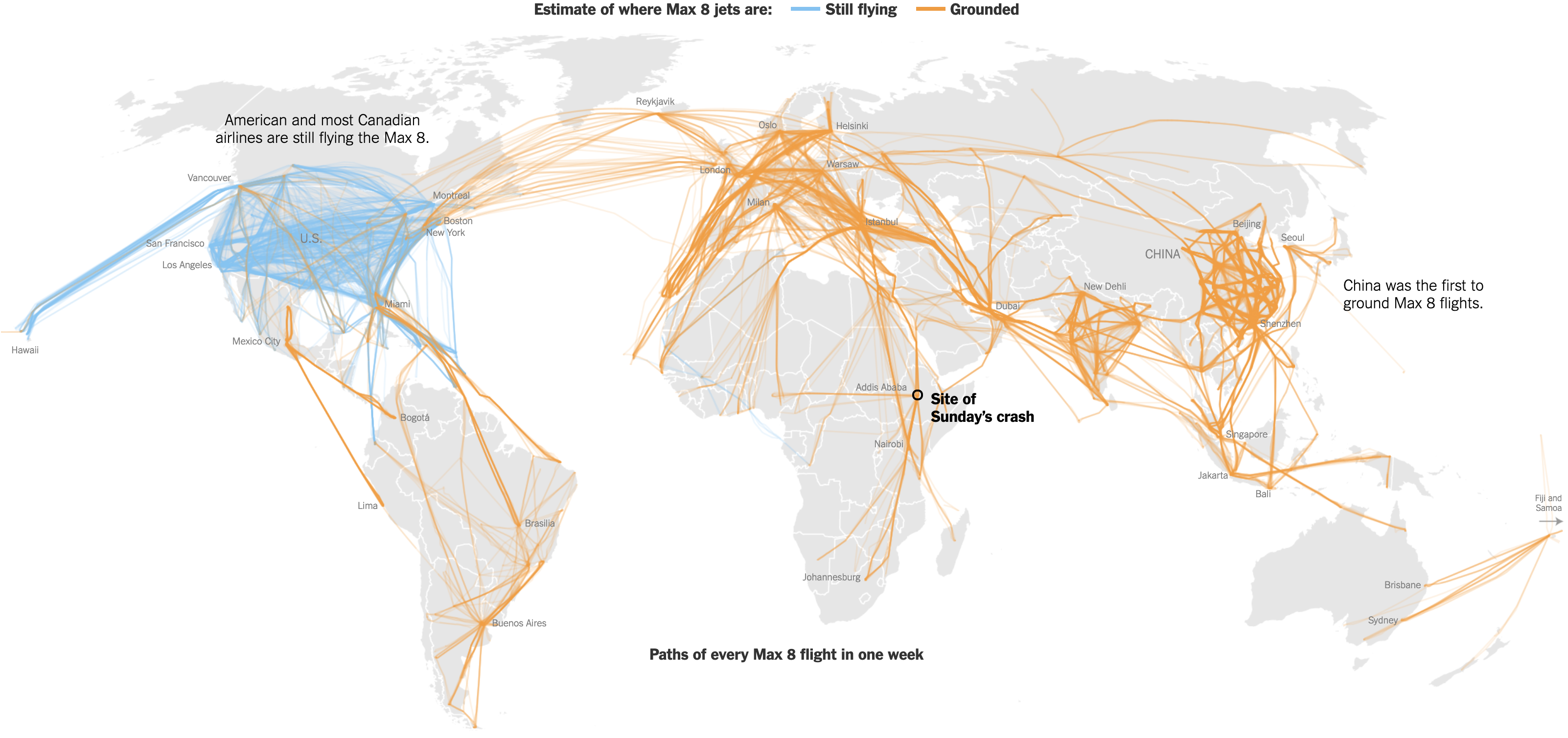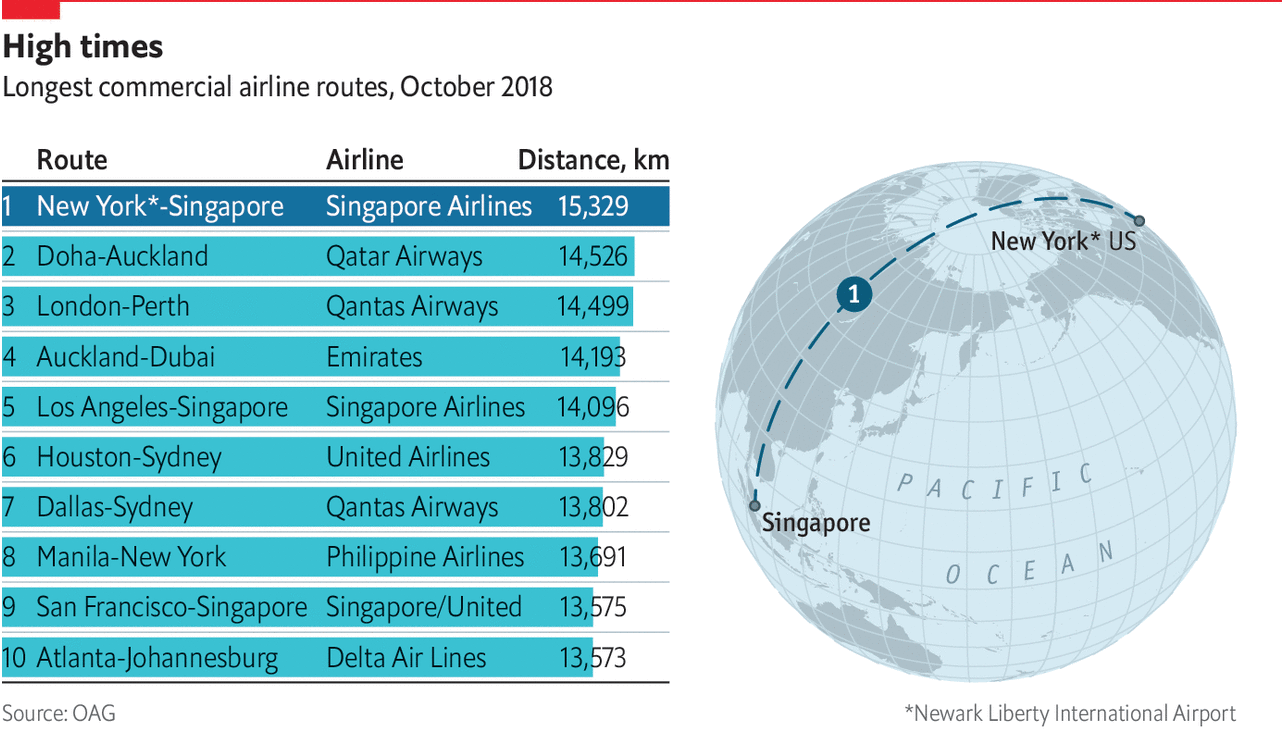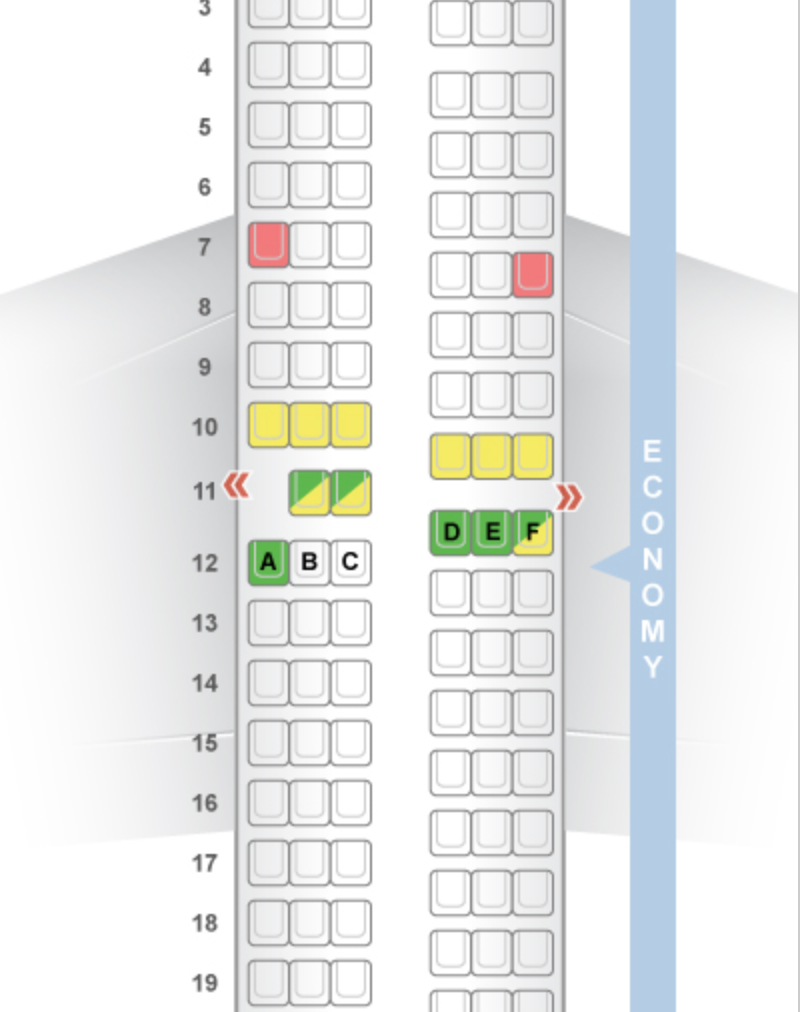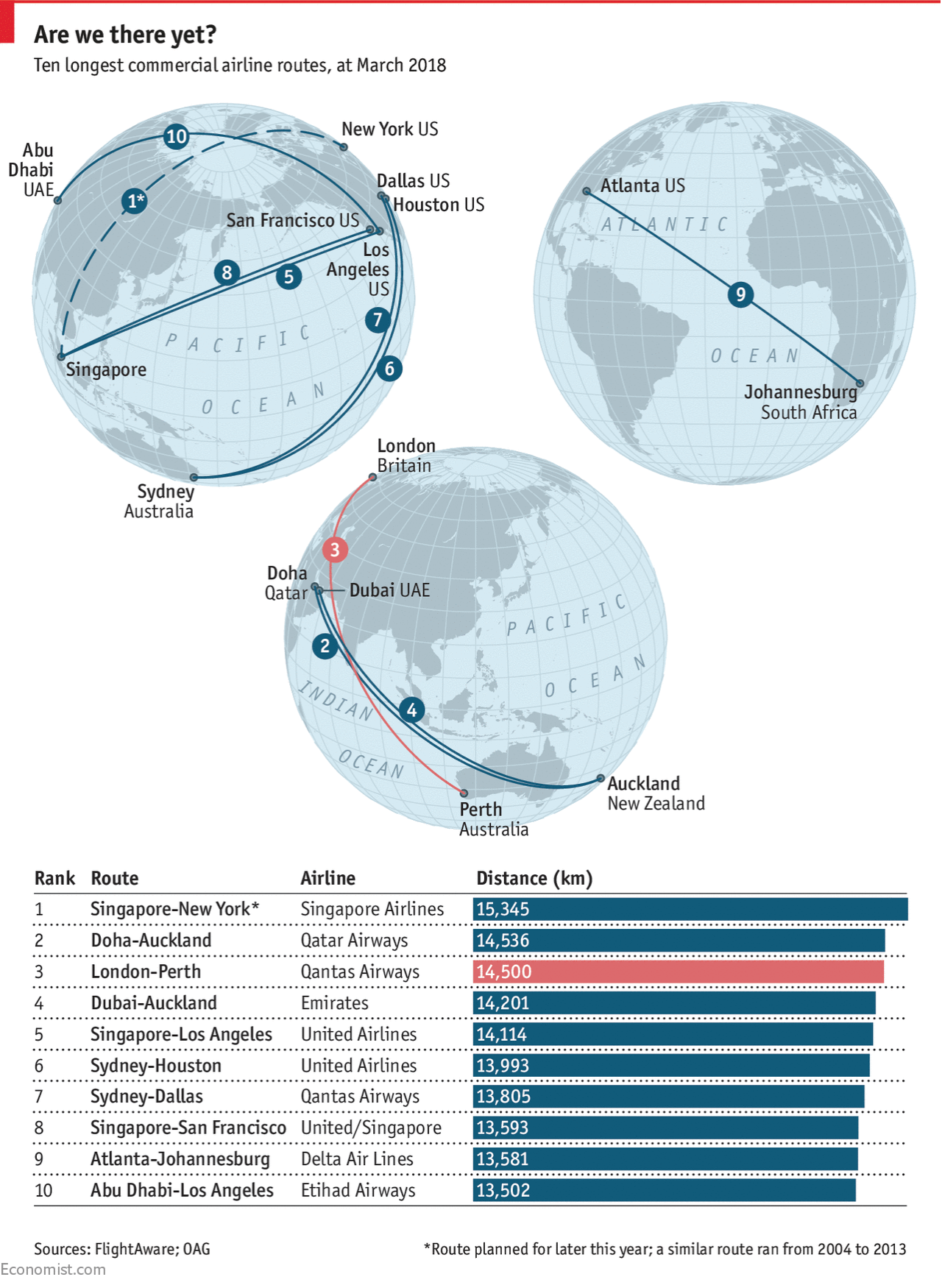Those of you living on the East Coast, specifically the Mid-Atlantic, know that presently the weather is quite warm outside. As in levels of dangerous heat and humidity. Personally, your author has not left his flat in a few days now because it is so bad.
Alas, not everyone has access to air conditioning in his or her abode. Consequently, they need to look to public spaces with air conditioning. Usually that means libraries or public buildings. But here in Philadelphia, have people considered the subway?
Billy Penn investigated the temperatures in Philadelphia’s subsurface stations along the Broad Street and Market–Frankford Lines—Philadelphia’s third and oft-forgot line, the Patco, was untested. What they found is that temperatures in the stations were significantly below the temperatures above ground. The Market–Frankford stations, for example, were less than 100ºF.
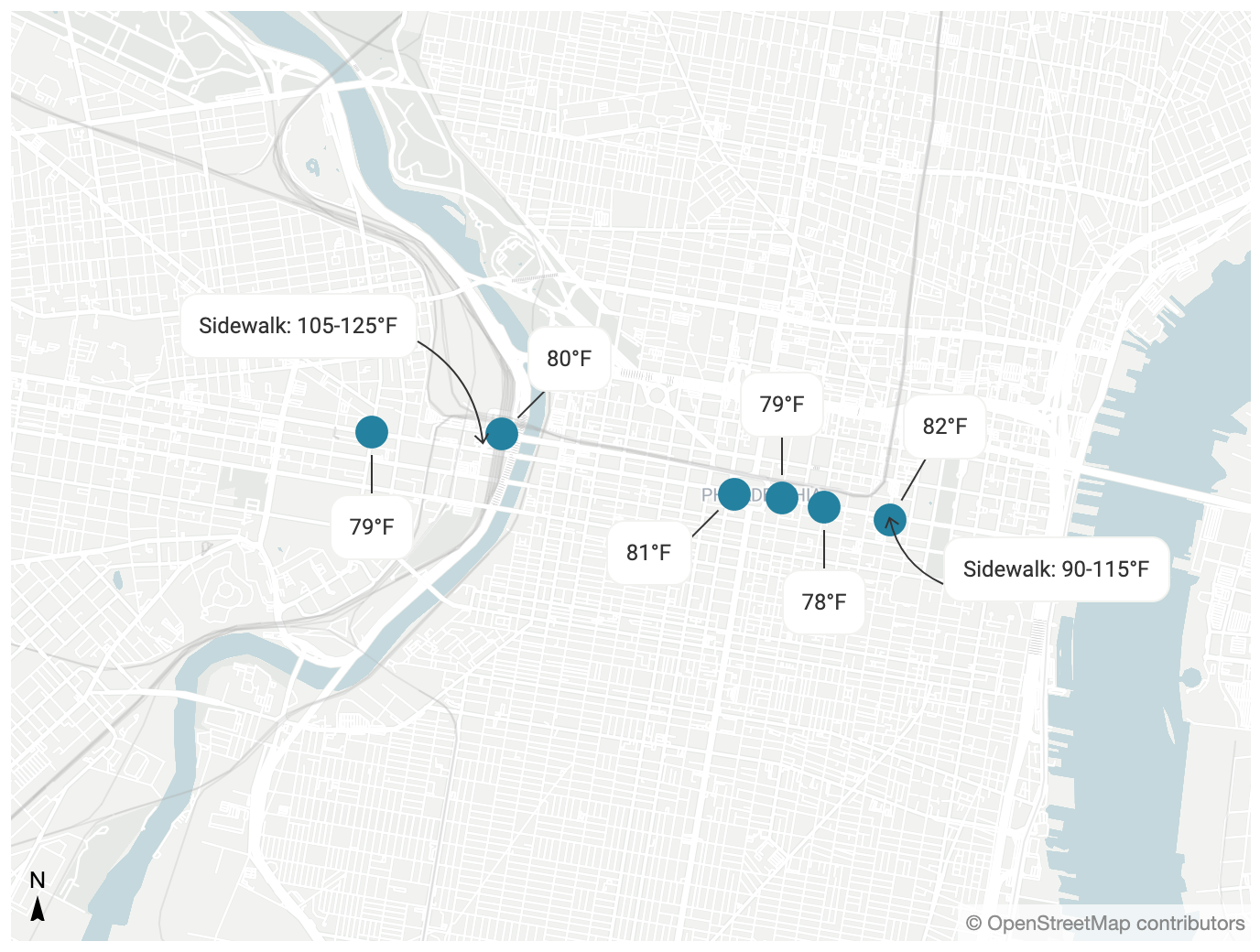
Of course that misses the 2nd Street station in Old City, but otherwise picks up all the Market–Frankford stations situated underground.
Then there is the Broad Street Line.

Here, I do have a question about why the line wasn’t investigated from north to south. It ran only as far north as Girard, stopping well short of north Philadelphia neighbourhoods, and then as far south as Snyder, missing both Oregon and Pattison (sorry, corporately branded AT&T) stations. The robustness of the dataset is a bit worrying.
The colours here too mean nothing. Instead blue is used for the blue-coloured Market–Frankford line and orange for the orange-coloured Broad Street line. (The Patco line would have been red.) Here was a missed opportunity to encode temperature data along the route.
Finally, if the sidewalk temperatures were measured at each station, I would want to see that data alongside and perhaps run some comparisons.
This is an interesting story, but some more exploration and visualisation of the data could have taken it to the next level.
Credit for the piece goes to Danya Henninger.


